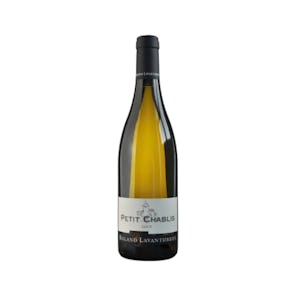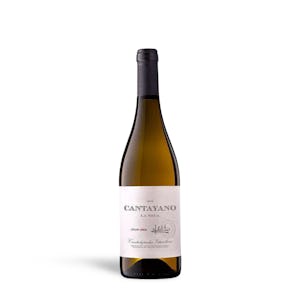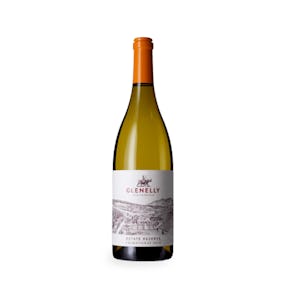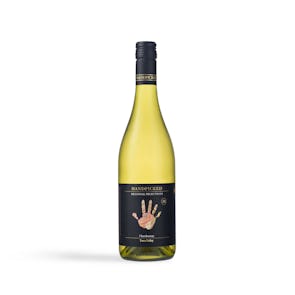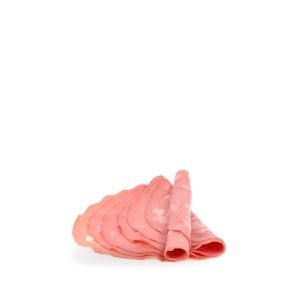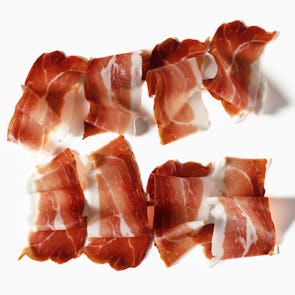



'Nduja di Spilinga
A Fiery Calabrian Treasure
(Tuesday Jan 06 , 2026)
Tasting Notes from the Curator
Few meats inspire as much intrigue as ’Nduja. Unlike its cured cousins, this Calabrian delicacy is meant to be spread, its texture creamy and yielding, almost melting as soon as it touches warmth. The secret lies in its careful balance of finely minced pork shoulder, belly, and fat, blended with vivid Calabrian chili peppers and the sweet perfume of Tropea red onions. Smoked gently over beechwood, it develops layers of rustic depth—smoky at first encounter, then unveiling a buttery richness that clings to the palate. The spice is unapologetic yet never harsh, wrapping the richness in a warming, almost addictive heat. At its core, ’Nduja is both peasant ingenuity and gourmet indulgence, a marriage of humble cuts and extravagant flavor. Its presence in a dish is unmistakable—an undertone of heat, a whisper of smoke, and a lingering savoriness that keeps one guessing where the magic begins.
Pairings and Suggestions
’Nduja shines in its sheer adaptability, lending fire and flavor across the table.
- Classic Simplicity: Spread on toasted sourdough or warm focaccia for an instant indulgence.
- Pasta Alchemy: Stir a spoonful into tomato sauce for pasta; it melts seamlessly, enriching the dish with a velvety heat.
- Pizza Elegance: Dollop onto a margherita or quattro formaggi to cut through creamy cheeses with spice and smoke.
- Wine Pairings: Balance the spice with an off-dry Riesling or a delicate rosé. For heartier meals, pair with the earthy finesse of your favorite Pinot Noir
Sausage of Ingenuity and Fire
The story of ’Nduja is one of resourcefulness turned to art. In centuries past, Calabrian farmers would sell prized cuts of pork to nobility, keeping the scraps, fat, and offal—the so-called “fifth quarter”—for themselves. Seasoned heavily with fiery peppers, stuffed into casings, and cured, these humble remnants became a delicacy that both preserved sustenance and carried the bold identity of Calabria. Its name likely traces back to the French “andouille,” introduced by the Angevins, yet it has since taken a life wholly its own. Today, ’Nduja di Spilinga is celebrated globally not only as a survivor of necessity but as a symbol of Calabria’s unapologetic flavors: fiery, rustic, and enduringly soulful.
Storage Instructions
Keep refrigerated. Once opened, wrap tightly and consume within a few weeks for peak flavor.

